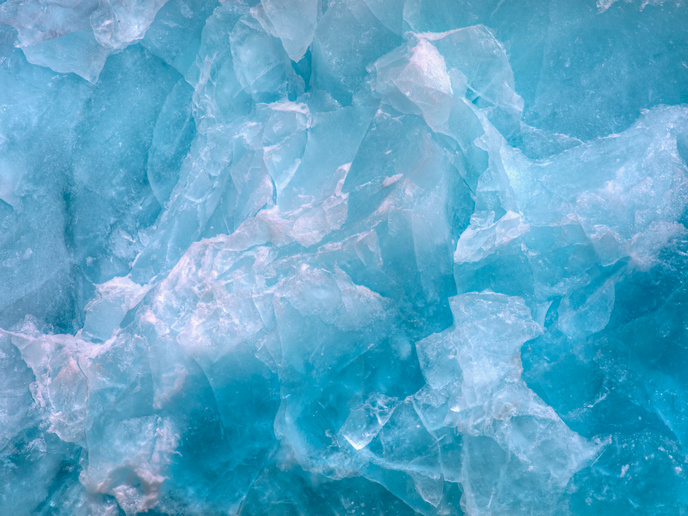A new look at morphogenesis
Morphogenesis, the biological process by which a cell, tissue or organ develops its shape and form, is one of the most remarkable examples of biological self-organisation. It’s also one of biology’s great mysteries. “Understanding how the body plan emerges during morphogenesis is a central question at the forefront of research in developmental biology and biophysics,” explains Kinneret Keren(opens in new window), a biophysicist at the Israel Institute of Technology(opens in new window) (Technion). Helping to answer that question is the EU-funded HydraMechanics(opens in new window) project. “Our research aims to shed light on the process of morphogenesis from a biophysical perspective, focusing on the role of mechanical forces and feedback in the formation and stabilisation of the body plan,” adds Keren, the project’s principal investigator.
Understanding the regenerative abilities of Hydra
To explore the mechanical basis of morphogenesis, the project, which received support from the European Research Council(opens in new window), turned to Hydra, a small fresh-water predatory animal. Hydra is a multicellular animal with a uniaxial body plan and a remarkable ability to regenerate. “Thanks to its simple body plan and experimental flexibility, Hydra is a classic model system for studying morphogenesis,” she says. With modern imaging and manipulation tools in hand, the team set out to take a closer look at the mechanical mechanisms underlying the formation and stabilisation of the body plan during Hydra regeneration at the cellular and tissue levels.
The mechanisms behind tissue organisation and regeneration
One of the project’s central hypotheses was that Hydra possess mechanical feedback mechanisms that ultimately lead to robust tissue organisation, axis formation and regeneration. “To directly probe the influence of these mechanical forces and feedback on Hydra’s regeneration process, we applied various external mechanical perturbations and studied their influence on the process and the final morphology of the regenerated animal,” notes Keren. The project also addressed the question of how polarity of the body axis is established and maintained during morphogenesis. As Keren explains, polarity requires global coordination across the entire organism to generate a well-defined body axis. At the same time, it is manifested locally in the behaviour and differentiation of individual cells within the tissue. “By examining how the mechanics and dynamic organisation of the actin cytoskeleton impacts the establishment and maintenance of polarity during regeneration, we hoped to provide new insight into the mechanisms that coordinate cell behaviours and establish body-axis polarity during morphogenesis,” she explains.
Nothing to lose your head over
Based on these lines of research, the project made several important discoveries. For instance, they showed how the large-scale structural inheritance of the cytoskeletal organisation can guide the body axis in regenerating Hydra. One of the more interesting findings has to do with Hydra’s unique ability to regenerate a lost head. Here researchers demonstrated that the future head region within the regenerating tissue fragments undergo multiple instances of extensive stretching, rupture and deformation. Many of the project’s results have been published in various scientific journals and can be found online. “Our research on Hydra regeneration represents an important step towards the integration of mechanics and other developmental processes into a unified biophysical framework of morphogenesis,” concludes Keren. “As such, the lessons learned from our work can shed new light on the mechanical basis of morphogenesis in other organisms.”







